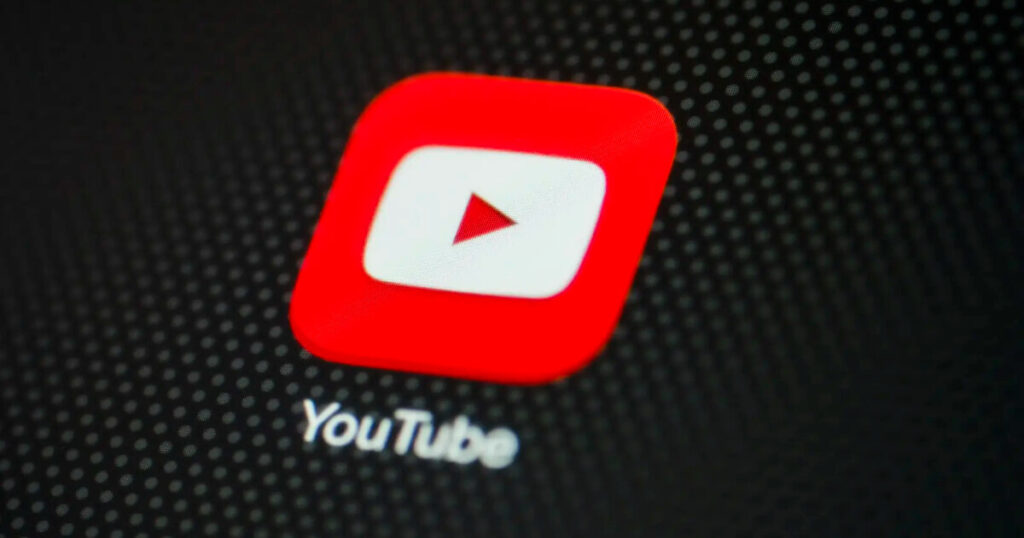In the visually-driven world of today, graphic design is crucial now more than ever. The way that brands interact with their audience is greatly influenced by graphic designers, who create everything from logos to websites to social media posts. You’re in the right place if you’re thinking about going into graphic design as a career. Everything you need to know about graphic design careers will be covered in this book, including the kinds of opportunities that are available, the skills needed, and how to get started in this creative industry.
The art and practice of organizing and presenting concepts and experiences through textual and visual elements is known as graphic design. Put more simply, it’s about using visual content creation to convey messages. This can involve a broad range of tasks, including designing websites, coming up with logos, and producing marketing collateral.
Typography, images, color, and layout are all used by graphic designers to distinguish their work and effectively communicate a message. Everything from corporate branding to product packaging features their work.
Jobs in Graphic Design Types
The field of graphic design is broad and has several subfields. There are various graphic design careers that you might pursue based on your interests and abilities. Below are a few of the most typical roles:
Designer of Logos:
Part of the job: designing distinctive, enduring logos that capture the essence of a company.
Proficiency in color theory, typography, and branding is required.
Utilized tools: CorelDRAW and Adobe Illustrator.
Designer of websites:
Designing a website’s structure, look, and usability is part of my role.
Proficiency in HTML, CSS, and responsive design is required. An understanding of user interface (UI) and user experience (UX) design is also required.
Used tools: Sketch, Figma, and Adobe XD.
UI/UX Designer:
Role: Ensuring the usability and quality of the user experience of a product, usually an application or website.
Proficiency in research, wireframing, prototyping, and testing are required.
Used tools: InVision, Adobe XD, and Figma.
Designer of Brand Identity:
The role involves creating a brand’s visual elements, such as typography, color schemes, and logos.
Creativity, knowledge of brand strategy, and the capacity to produce aesthetically coherent elements are necessary.
Adobe Creative Suite (Photoshop, Illustrator, and InDesign) was the tool used.
Designer of Packaging:
Role: Creating product packaging that communicates vital information and stands out on shelves.
Proficiency in print design, materials, and consumer psychology is required.
Adobe Illustrator, Esko Studio, and 3D modeling software were the tools used.
Designer of Motion Graphics:
Animating visual effects and visuals for the web, video, and other multimedia platforms is my role.
Proficiency in animation, video editing, and a robust grasp of timing and movement are essential.
Blender, Cinema 4D, and Adobe After Effects were the tools used.
Poster Designer:
Developing unique artwork for publications such as books, magazines, posters, and other media is my role.
Strong sketching abilities, inventiveness, and the capacity to work in a variety of styles and media are required.
Adobe Illustrator, Procreate, and conventional art supplies were the tools used.
Designer of advertisements:
The role involves producing graphic content for print, digital, and social media advertisements.
The following abilities are required: creativity, knowledge of marketing concepts, and platform-neutral design skills.
Adobe Illustrator, InDesign, and Photoshop were the tools used.
Print Artist:
Designing print products like magazines, business cards, posters, and brochures is part of my role.
Proficiency in typography, layout, and prepress procedures is required.
Adobe Illustrator, Photoshop, and InDesign were the tools used.
Crucial Competencies for Graphic Design Positions
You’ll need a combination of technical, artistic, and people abilities to be successful in graphic design. The following is a list of some vital abilities for graphic designers:
The capacity to generate unique and inventive ideas is known as creativity.
Paying close attention to detail will guarantee that every aspect of your design is flawless, from color correctness to alignment.
Technical Skills: Expertise in using Adobe Creative Suite (Photoshop, Illustrator, and InDesign) or other graphic design tools.
Communication Skills: The capacity to comprehend the needs of your clients and successfully communicate your thoughts.
Time management is the art of overseeing several projects and keeping deadlines.
Problem-Solving: Coming up with original answers to difficult design problems.
Adaptability: The capacity to operate in a variety of media and adjust to emerging trends in design.
How to Begin a Graphic Design Career
To begin a graphic design career, one needs to have a background in education, practice, and networking. Here’s a detailed how-to for getting started:
- Learn: A bachelor’s degree in graphic design, visual arts, or a similar discipline is often the first step toward a career as a graphic designer, though it’s not necessarily required. Certifications and online courses can also offer important information and abilities.
- Create a Portfolio: As a graphic designer, your portfolio is your most valuable resource. It presents your best work to prospective clients or employers and highlights your abilities. Provide a range of projects to demonstrate your adaptability.
- Acquire Experience: You can obtain real-world experience through personal projects, freelancing, and internships. Gaining practical experience is crucial for developing your abilities and portfolio.
- Network: Make connections with other designers, sign up for associations for professionals, go to trade shows. Collaborations and employment opportunities can result from networking.
- Stay Updated: Since the design industry is always changing, it’s critical to keep up with the newest methods, instruments, and technological advancements. Continual education will maintain your competitive edge.
- Jobs: When you’re prepared, begin applying to positions in graphic design. Customize your portfolio and resume to the job for which you are applying, and be ready to demonstrate your abilities in person.
In summary
Opportunities for a dynamic and fulfilling career in graphic design exist across a range of industries. Whether you have a strong interest in art, web design, or branding, there is a graphic design position that will suit your qualifications and hobbies. You can have a successful career in graphic design by honing the necessary abilities, collecting a solid portfolio, and keeping up with industry developments.






